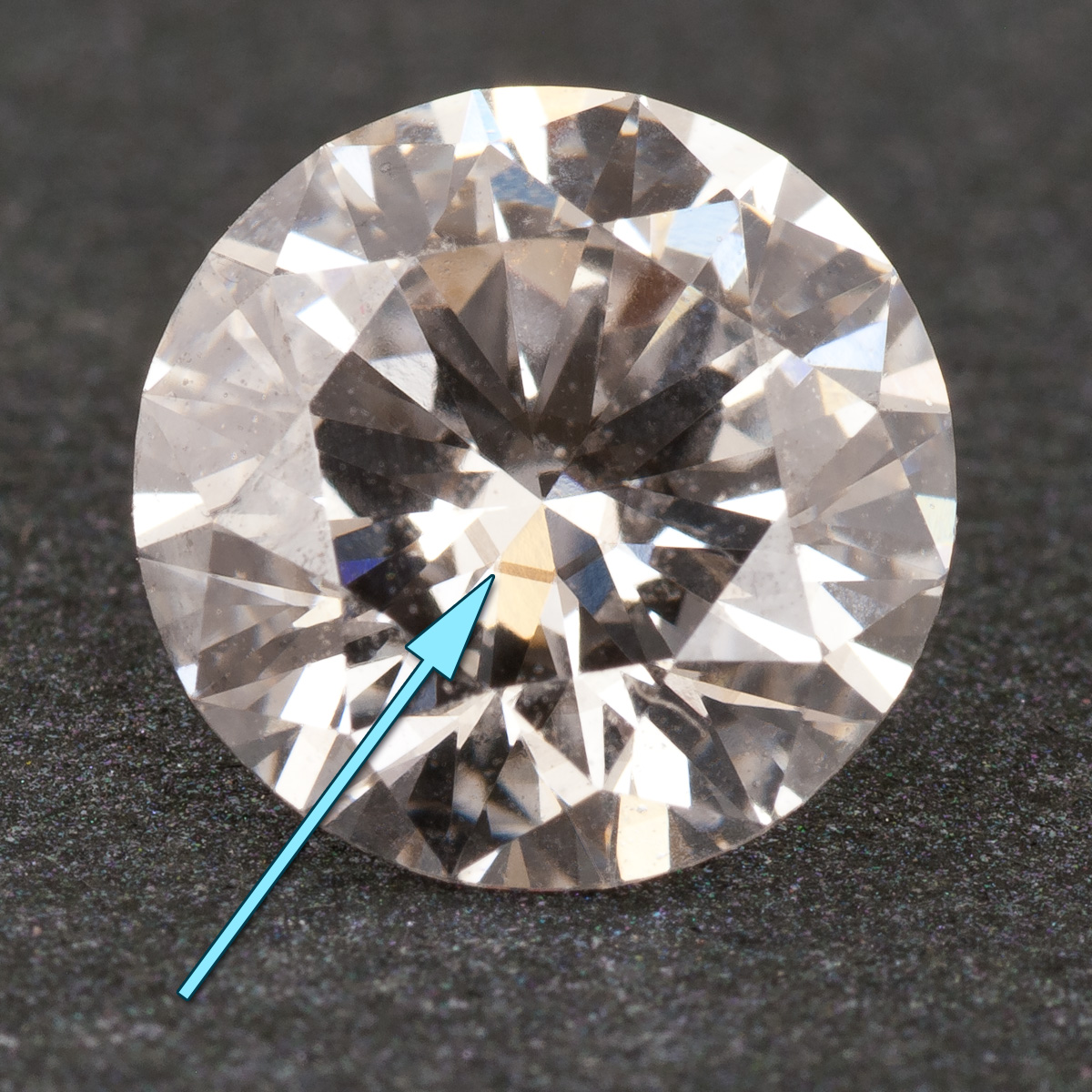Diamonds have been cherished for centuries, symbolizing love, status, and timeless beauty. However, the diamond industry is undergoing a significant transformation with the advent of lab grown diamonds or mined. While traditional mined diamonds remain iconic, the rise of lab-grown alternatives has sparked a lively debate. Both options have their unique characteristics, benefits, and concerns, making it crucial for buyers to understand their distinctions.
What Are Lab-Grown Diamonds and Mined Diamonds?
To comprehend the difference, it’s essential to know how each type of diamond is created. Lab-grown diamonds are cultivated in controlled laboratory environments using advanced technological processes like High Pressure-High Temperature (HPHT) or Chemical Vapor Deposition (CVD). These diamonds are physically and chemically identical to natural ones.
Conversely, mined diamonds are extracted from the earth through intensive mining operations. These gems are formed over millions of years under natural heat and pressure deep within the Earth’s mantle. While mined diamonds are celebrated for their history and origin, their mining process raises ethical and environmental questions.
The Ethical Debate: Lab-Grown Diamonds vs. Mined Diamonds
Ethical considerations play a pivotal role in choosing between lab-grown diamonds and mined diamonds. Mining has long been associated with labor concerns, including unsafe working conditions and exploitation in some regions. Furthermore, conflict or “blood diamonds,” which are mined in war zones to finance armed conflicts, have tarnished the industry’s reputation.
On the other hand, lab-grown diamonds present a conflict-free alternative. These diamonds eliminate concerns about human rights abuses and ensure traceability. For socially conscious buyers, the ethical appeal of lab-grown diamonds often outweighs that of their mined counterparts.
Environmental Impact: A Critical Look
Environmental sustainability is another crucial aspect of the lab-grown diamonds vs. mined diamonds debate. Diamond mining significantly impacts ecosystems, often leading to deforestation, soil erosion, and the displacement of local communities. Mines require substantial energy consumption and water usage, further exacerbating their ecological footprint.
In contrast, lab-grown diamonds are marketed as eco-friendly due to their smaller environmental impact. Producing these diamonds in laboratories consumes less water and avoids large-scale habitat destruction. However, critics point out that creating lab-grown diamonds still demands considerable energy, often derived from non-renewable sources. Thus, buyers seeking an environmentally responsible choice should examine the energy practices behind specific brands.
Quality and Appearance: Are Lab-Grown Diamonds Indistinguishable?
A significant misconception surrounding lab created diamonds is that they are of inferior quality compared to mined diamonds. In reality, both types of diamonds possess identical physical, chemical, and optical properties. They are virtually indistinguishable to the naked eye and can only be identified using specialized equipment.
Moreover, lab-grown diamonds often boast fewer inclusions and better clarity due to the controlled environments in which they are made. However, some consumers still value the unique imperfections found in mined diamonds, which they consider a hallmark of authenticity.
Cost Differences: Budget-Friendly Options
One of the most compelling reasons to choose lab-grown diamonds is their affordability. On average, lab-grown diamonds cost 30-40% less than mined diamonds of comparable quality. This price difference stems from the reduced production and distribution costs associated with lab-grown alternatives.
For budget-conscious buyers, this affordability opens up opportunities to purchase larger or higher-quality stones without compromising on aesthetic value. Conversely, mined diamonds often retain higher resale value, appealing to those who view diamonds as long-term investments.
Longevity and Market Trends
Both lab-grown diamonds and mined diamonds are durable and long-lasting, making them ideal for heirlooms. However, the growing popularity of lab-grown options is reshaping the jewelry market. Millennials and Gen Z buyers, who prioritize ethical sourcing and sustainability, increasingly prefer lab-grown diamonds.
Jewelry brands have also embraced this shift, offering a wide range of lab-grown collections to meet consumer demand. Meanwhile, mined diamonds continue to appeal to traditionalists and those drawn to the idea of owning a piece of Earth’s natural history.
Making an Informed Choice
Choosing between lab-grown diamonds and mined diamonds ultimately depends on personal values, budget, and preferences. If ethical sourcing and sustainability are top priorities, lab-grown diamonds may align with your beliefs. For those captivated by tradition and natural origins, mined diamonds hold enduring allure.
Regardless of your choice, both types of diamonds offer timeless beauty and unmatched brilliance. By understanding their distinctions, you can make a decision that reflects your values while celebrating life’s special moments.
Conclusion
The debate over lab-grown diamonds vs. mined diamonds highlights the evolving nature of the diamond industry. With advances in technology and shifting consumer values, both options offer unique advantages. Whether you choose the innovation of lab-grown diamonds or the storied legacy of mined diamonds, the perfect gem awaits to symbolize your love, commitment, or personal style.

